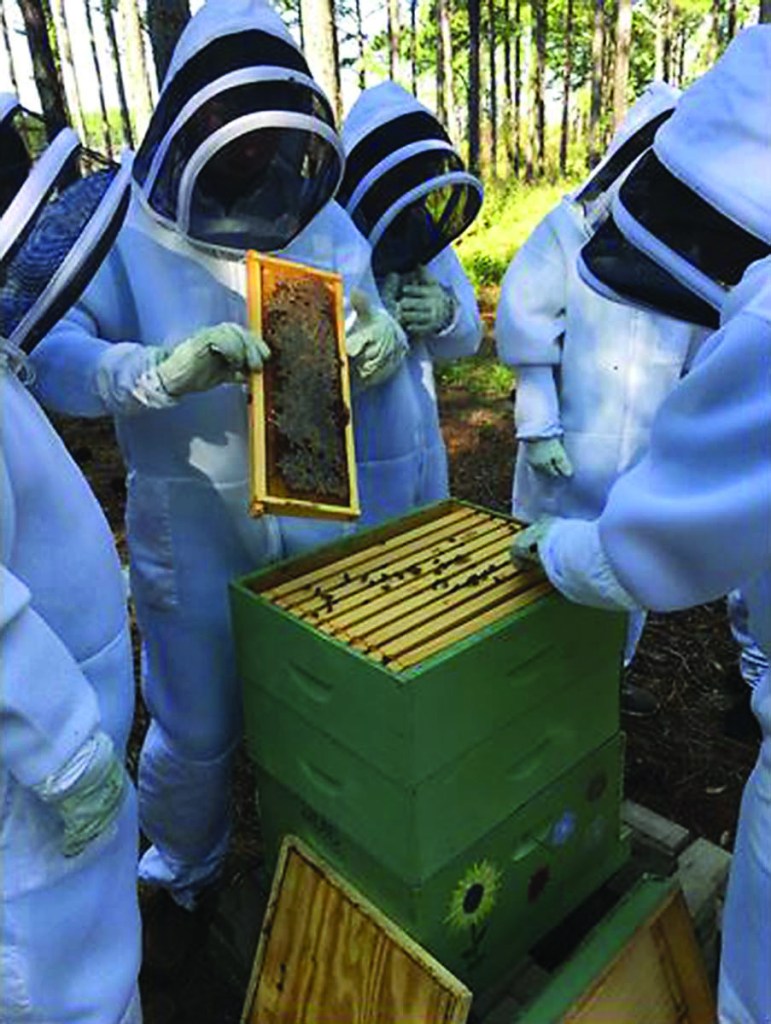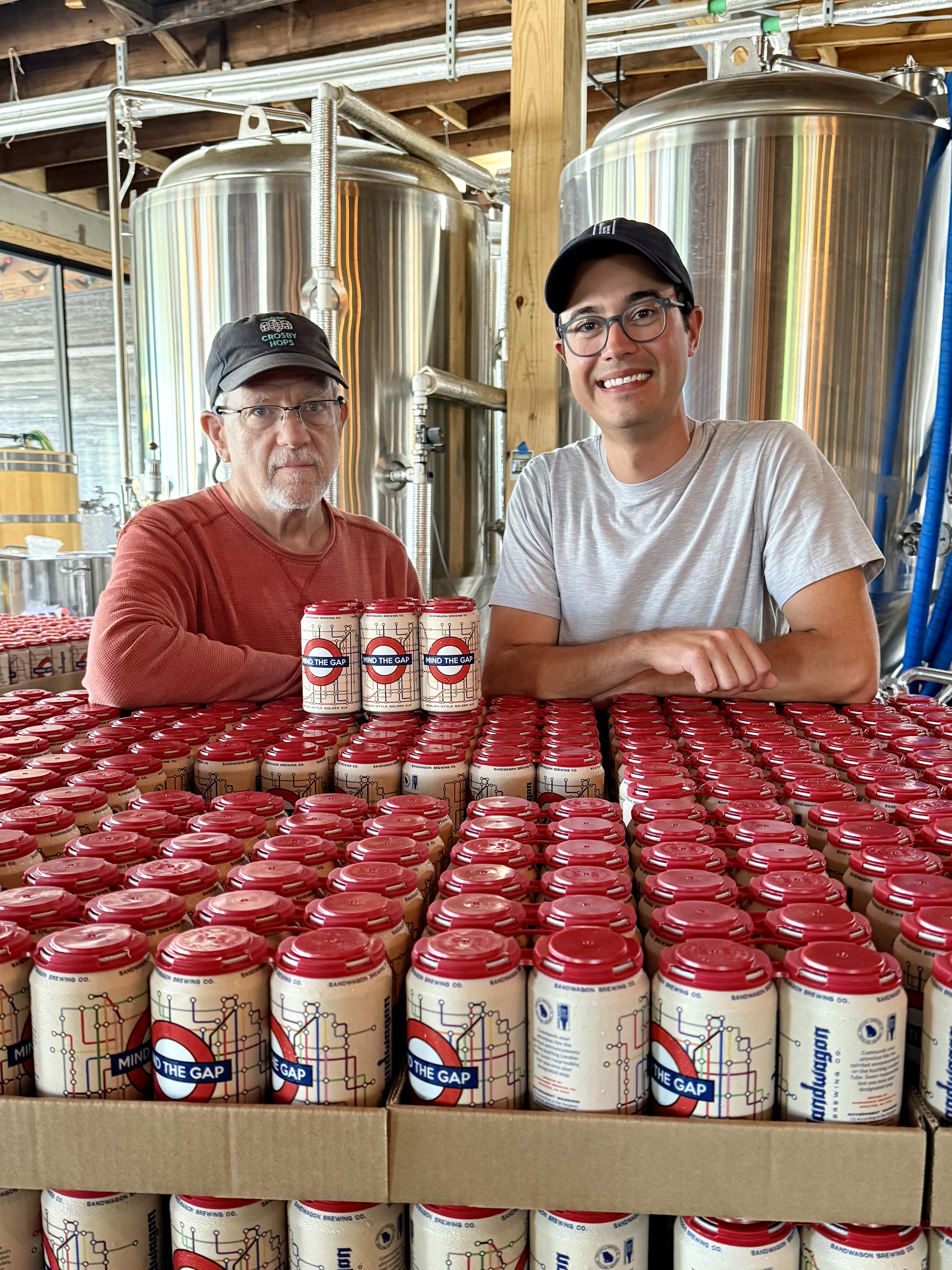Colquitt County High celebrates CTAE Month
Published 7:16 pm Saturday, April 28, 2018

- Agriculture students studying animal science inspect their honey bee hives to make sure there are no pests or intruders that would ruin the bees’ honey supply. Students learn what to look for and how to work the hives.
MOULTRIE, Ga. — National CTAE Month was recently observed and Colquitt County’s CTAE Department was involved in various activities promoting awareness of CTAE and what it means. CTAE is Career Technical and Agricultural Education, where students connect to real life work-based learning and training in the area of their career interest.
The graduation rate for Georgia students in Career Technical and Agricultural Education has risen to 96 percent according to the latest report issued by the Georgia Department of Education. This rate, which applies to students who complete a Career Pathway, exceeds the statewide graduation rate by 15.4 percentage points.
Students experience the relevance of academic curriculum and CTAE curriculum, according to a press release from Colquitt County High School.
“When they use what they learn in academic courses they are more engaged in learning,” the release said. “The correlation between the two curriculums is often understated and misrepresented. Agricultural students use ratios and proportions when mixing plant fertilizer, or pesticides and trigonometry when calculating land and timber measurements. Science is the driving force of agricultural education, which covers a vast array of courses involving plant science, animal science and weather elements and math.
“Students in welding programs use gases mixed accordingly to ratio and proportions; construction students use algebra, percentages, decimal fractions and measurements; culinary arts students convert standard measurements to metric measurements and use chemistry when doing experiments exploring physical and chemical properties of food starches, sugars, proteins, and fats in food,” the release continued. “Healthcare science students convert standard measurements to metric in practicing medication dosage. Certain science courses and healthcare science courses reinforce the other through the study of diseases and anatomy. Speech and writing skills implemented in video broadcast production, graphic arts, and business education curriculum is a correlation of English and language arts curriculum.”
Youth Apprenticeship and Work-based Learning programs are hugely supported in communities and by the State Department of Education, CCHS said. Students enrolled in these programs are employed by local businesses and are earning a paycheck plus earning high school credit and completing a career pathway. Colquitt County CTAE currently offers 27 career pathways in the areas of Agriculture, Business Education, Healthcare Science, Family & Consumer Science, Video Broadcasting, Graphic Arts, Metals/Welding, Construction, Automotive, and JROTC Marine Corps.
A vital component of CTAE is the interrelated Career Technical Student Organizations (CTSO). CTSOs are not clubs as they are often referred to. CTSOs are an interrelated part of the CTAE curriculum. Every CTAE program includes a CTSO where students use their classroom and lab training in competitive events at regional, state and national levels. When competing in these events students acquire personal development and leadership skills that will be beneficial to them in obtaining and keeping employment, the school said.
“CTAE transforms educational outcomes and bolsters the economical workforce,” CCHS said. “Any student in a CTAE program who completes a pathway and passes an End of Pathway Assessment (EOPA) will earn an industry certification credential in their career interest and will be prepared for their next step after high school graduation, whether pursuing higher education through college, the military, technical training, or directly entering the workforce.”





